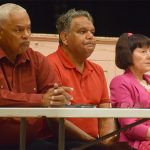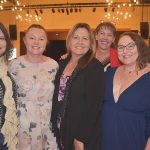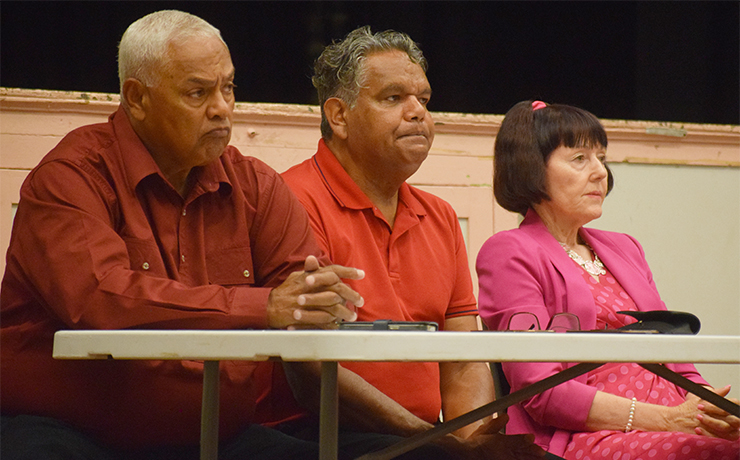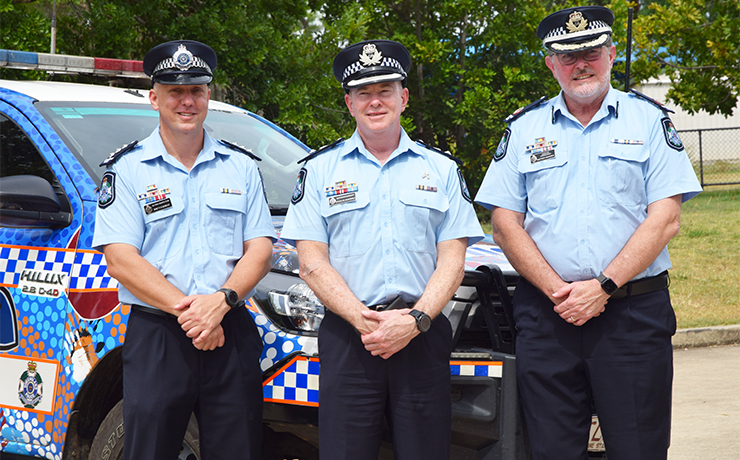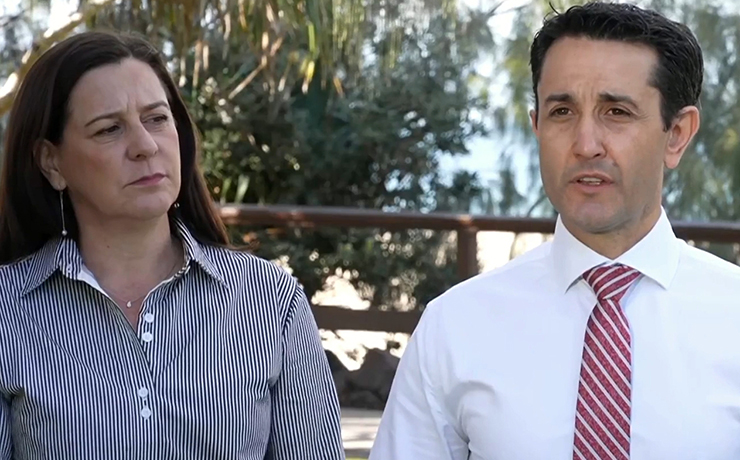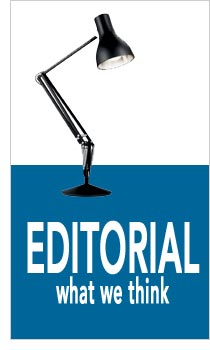
October 9, 2023
by Dafyd Martindale
I grew up on the southern fringe of Sydney in the 1950s and 1960s and I had no contact whatsoever with Indigenous Australians.
There were no Indigenous children at school and – as far as I was aware – none in the local community, either.
My education was unhelpful, too.
Like most children at that time, we were taught a potted, highly compressed version of Australia’s history that started with Captain Cook and finished with Blaxland, Wentworth and Lawson crossing the Blue Mountains, with barely a mention of Aboriginal people to disturb any of this heroic narrative.
Aborigines, we were led to believe, lived mainly in the desert areas of inland Australia and spent their days in red loincloths leaning on spears and staring into the distance.
This narrative created the impression in most of my generation that Aborigines didn’t really play much of a role in the day-to-day life of the nation, and their issues could be ignored.
But that all changed for me in the late 1970s when I visited Bega on the far south coast of NSW and came face to face with Australian racism for the very first time.
Talking to shopkeepers in the main street, I learned there was an Aboriginal community near Bega but no one in the town would ever employ “an Aboriginal” because they were “lazy and unreliable”.
I also learned that Aborigines were banned from many of the town’s shops and all the town’s hotels (except for one that would serve them at the bottle shop) and that everyone in Bega at that time – certainly, at least, everyone in the shopkeeping community – regarded them as less than dirt.
After a day of listening to this hateful bile spilling out of everyone I talked to, all I could think was how deeply unfair this was.
I wondered what I’d do if the situation were reversed and I was living in Bega’s Aboriginal settlement with no prospect of work and nothing to do every day?
The answer? I’d do exactly the same as the Aboriginal residents!
My Bega experience left a very bitter taste in my mouth (and I can only hope Bega is a far different town today).
But one positive that came out of it was that from that point forward, I began to take a genuine interest in Indigenous issues and the more I learned, the more I realised the horrors our First Nations people have endured for more than 200 years.
Fast forward half a century and I believe there has been a significant change in the views of many non-Aboriginal Australians about the true history of our nation, along with a genuine desire to make things better.
I have also seen a growing realisation that apart from being the oldest continuous culture on Earth, our Indigenous brothers and sisters contribute a uniqueness to our national identity that can only lift us all up as we move along the path of genuine Reconciliation.
Indigenous bands like King Stingray, dramas like Mystery Road and movies like The Sapphires have been gradually demystifying and normalising First Nations’ cultures for non-Indigenous Australians.
The drone of a didgeridoo has become our national sound in the same way that bagpipes are synonymous with Scotland.
And the brightness and vitality that Indigenous art lends to our public buildings shouts “Australian” louder than I ever could.
So on Saturday, October 14, I’ll be voting Yes in the Voice Referendum.
Why? Because I want to see this process of Reconciliation continue and because I want to see problems in Indigenous communities solved.
Australia is one nation and I believe a vote for No will consign us to remaining two nations.
That’s not just unfair – it’s wrong, too.
- Related article: The Voice: Why Not?
- Read more Editorial columns










